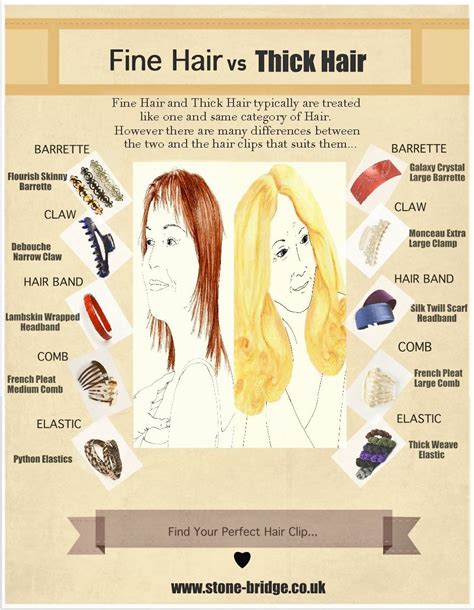Your scalp, the foundation of your hair’s health, can vary significantly in thickness, impacting its appearance and functionality. Understanding the differences between fine and thick scalps empowers you to tailor your hair care regimen accordingly, ensuring optimal hair growth and aesthetics.

Understanding Fine and Thick Scalps
- Fine Scalp:
- Typically has a less dense distribution of hair follicles (200-300 per square inch)
- Hair tends to be thinner, finer, and less voluminous
-
Produces less sebum, leading to a dry or flaky scalp
-
Thick Scalp:
- Boasts a higher density of hair follicles (400-500 per square inch)
- Hair is typically thicker, coarser, and has more body
- Produces more sebum, resulting in an oily or greasy scalp
Challenges and Solutions
Fine Scalp:
- Challenge: Fine hair can easily become flat and lackluster.
- Solution: Use volumizing shampoos and conditioners to add lift and create the illusion of fullness. Avoid weighing hair down with heavy products, and consider adding texturizing spray or mousse to boost volume.
Thick Scalp:
- Challenge: Excess sebum production can lead to an oily scalp and hair that looks greasy and limp.
- Solution: Opt for clarifying shampoos that effectively remove buildup without stripping away natural oils. Use conditioners specifically designed for thick hair to provide moisture without weighing it down. Incorporate hair masks and scalp treatments into your routine to deep clean and balance sebum production.
Tips and Tricks for Each Scalp Type
Fine Scalp:
- Wash hair more frequently to prevent excessive oil buildup.
- Use sulfate-free shampoos that are gentle on the scalp and avoid harsh detergents.
- Condition only the ends of your hair to prevent weighing it down.
- Consider using dry shampoo to absorb excess oil between washes.
Thick Scalp:
- Washing every 2-3 days is generally sufficient.
- Use shampoos that contain clarifying ingredients, such as salicylic acid or tea tree oil, to remove excess sebum.
- Condition the mid-lengths and ends of your hair to provide moisture without making it greasy.
- Use scalp treatments to calm inflammation and reduce oil production.
Table 1: Scalp Type Comparisons
| Feature | Fine Scalp | Thick Scalp |
|---|---|---|
| Hair Density | Low (200-300 follicles/sq. in.) | High (400-500 follicles/sq. in.) |
| Hair Thickness | Thin and fine | Thick and coarse |
| Volume | Low | High |
| Sebum Production | Low | High |
| Scalp Concerns | Dryness, flakiness | Oiliness, greasiness |
Table 2: Product Recommendations for Fine Hair
| Product Type | Brand | Key Ingredients | Benefits |
|---|---|---|---|
| Shampoo | VERB Volumizing Shampoo | Biotin, Keratin | Adds volume and body |
| Conditioner | Olaplex No. 4 Bond Maintenance Conditioner | Bis-Aminopropyl Diglycol Dimaleate | Repairs damaged hair and adds shine |
| Texturizing Spray | Oribe Dry Texturizing Spray | Zeolite | Creates instant texture and volume |
| Mousse | Redken Guts 10 Volumizing Mousse | Aloe Vera, Panthenol | Provides lift and hold |
Table 3: Product Recommendations for Thick Hair
| Product Type | Brand | Key Ingredients | Benefits |
|---|---|---|---|
| Shampoo | Aveda Be Curly Shampoo | Wheat Protein, Coconut Oil | Cleanses and defines curls |
| Conditioner | Bumble and bumble Curl Defining Creme | Shea Butter, Coconut Oil | Moisturizes and controls frizz |
| Hair Mask | SheaMoisture Manuka Honey & Mafura Oil Intensive Hydration Masque | Manuka Honey, Mafura Oil | Nourishes and repairs |
| Scalp Treatment | The Ordinary Glycolic Acid 7% Toning Solution | Glycolic Acid | Exfoliates and balances scalp |
Table 4: Scalp Health Self-Assessment
| Question | Fine Scalp | Thick Scalp |
|---|---|---|
| How often do you wash your hair? | More than twice a week | Every 2-3 days or less |
| Does your scalp feel dry and flaky? | Yes | No |
| Is your hair limp and lacks volume? | Yes | No |
| Does your scalp produce excess oil? | No | Yes |
| Do you experience dandruff or other scalp conditions? | Sometimes | No |
